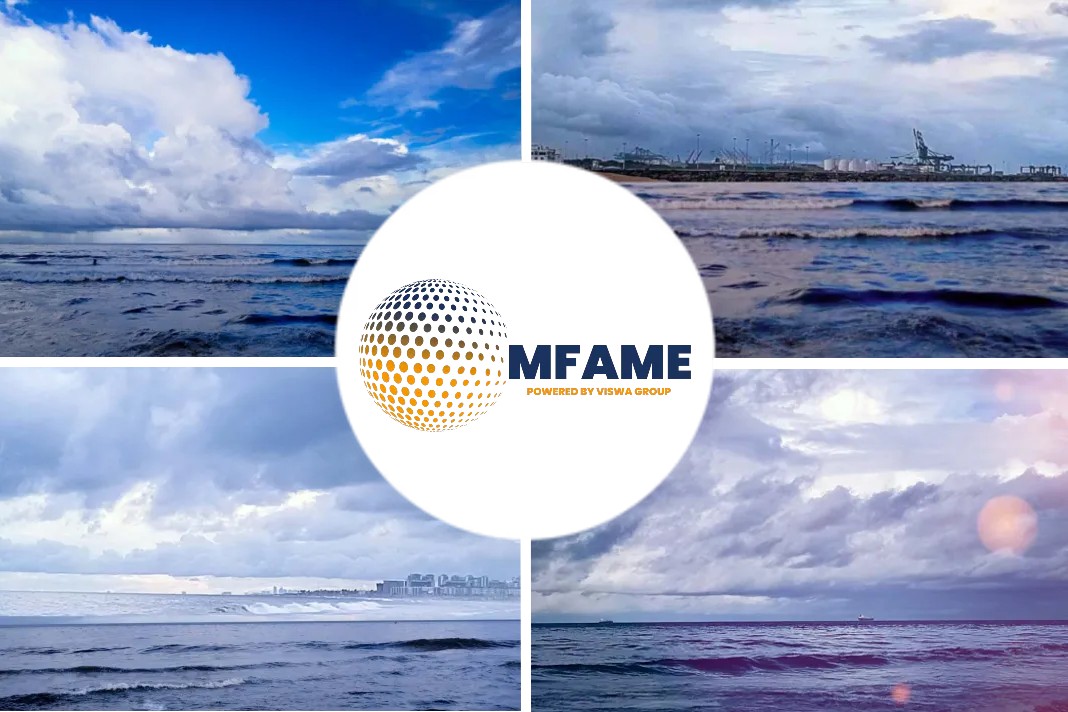
3D “digital twin” showcases wreck of Titanic in unprecedented detail, reveals a Arstechnica news source.
New phase for underwater forensic investigation
“This is a new phase for underwater forensic investigation and examination.”
The RMS Titanic sank to the bottom of the North Atlantic in 1912, but the fate of the ship and its passengers has fascinated the popular imagination for more than a century. Now we have the first full-size 3D digital scan of the complete wreckage—a “digital twin” that captures Titanic in unprecedented detail. Magellan Ltd, a deep-sea mapping company, and Atlantic Productions (which is making a documentary about the project) conducted the scans over a six-week expedition last summer.
“Great explorers have been down to the Titanic… but actually they went with really low-resolution cameras and they could only speculate on what happened,” Atlantic Productions CEO Andrew Geffen told BBC News. “We now have every rivet of the Titanic, every detail, we can put it back together, so for the first time we can actually see what happened and use real science to find out what happened.”
Titanic met its doom just four days into the Atlantic crossing, roughly 375 miles (600 kilometers) south of Newfoundland. At 11:40 pm ship’s time on April 14, 1912, Titanic hit that infamous iceberg and began taking on water, flooding five of its 16 watertight compartments, thereby sealing its fate. More than 1,500 passengers and crew perished; only around 710 of those on board survived.
Titanic remained undiscovered
Titanic remained undiscovered at the bottom of the Atlantic Ocean until an expedition led by Jean-Louis Michel and Robert Ballard reached the wreck on September 1, 1985. The ship split apart as it sank, with the bow and stern sections lying roughly one-third of a mile apart. The bow proved to be surprisingly intact, while the stern showed severe structural damage, likely flattened from the impact as it hit the ocean floor. There is a debris field spanning a 5-by-3-mile area, filled with furniture fragments, dinnerware, shoes and boots, and other personal items.
As reported previously, we’ve seen images and video footage of the wreck since it was discovered in the mid 1980s. That includes the footage shot by director James Cameron in 1995 for sequences featured in his blockbuster 1997 film—although much of the latter was actually miniature models and special effects filmed on a set, since Cameron couldn’t get the high-quality footage he needed for a feature film.
Last year, a private company called OceanGate Expeditions released a one-minute video showcasing the first 8K video footage of the wreck of the Titanic, showing some of its features in new, vivid detail. One could make out the name of the anchor manufacturer (Noah Hingley & Sons Ltd.), for instance, and the footage also gave us a better look at the bow, hull number one, the number-one cargo hold, solid bronze capstans, and one of the single-ended boilers. The footage was shot during the company’s 2022 descent, with guests forking over $250,000 apiece for a seat on the submersible. A second OceanGate expedition to the Titanic wreckage was planned for this year.
The joint mission by Magellan and Atlantic Productions deployed two submersibles nicknamed Romeo and Juliet to map every millimeter of the wreck, including the debris field spanning some three miles. The result was a whopping 16 terabytes of data, along with over 715,000 still images and 4K video footage. That raw data was then processed to create the 3D digital twin. The resolution is so good, one can make out part of the serial number on one of the propellers.
“This model is the first one based on a pure data cloud, that stitches all that imagery together with data points created by a digital scan, and with the help from a little artificial intelligence, we are seeing the first unbiased view of the wreck,” historian and Titanic expert Parks Stephenson told BBC News. “I believe this is a new phase for underwater forensic investigation and examination.”
Did you subscribe to our newsletter?
It’s free! Click here to subscribe!
Source: Arstechnica















